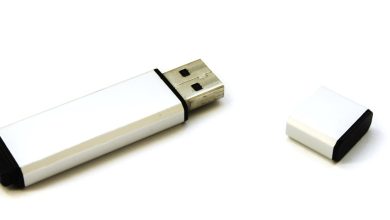
Mastering Java API Development: A Comprehensive Guide
Java is one of the most popular programming languages in the world, and for good reason. It is versatile, easy to learn, and has a wide range of applications. One of the key strengths of Java is its robust API (Application Programming Interface) library. APIs are sets of rules and protocols that allow different software applications to communicate with each other. In Java, the API library provides a wealth of pre-written code that developers can use to streamline their development process.
Mastering Java API development is essential for any Java developer looking to create efficient and powerful applications. In this comprehensive guide, we will explore the key concepts and best practices for working with Java APIs.
Understanding the Java API Library
The Java API library is a collection of pre-written classes and interfaces that provide functionalities for common programming tasks. These classes and interfaces are organized into packages, which help developers easily locate and use the code they need. The Java API library covers a wide range of areas, including networking, input/output, graphics, and data structures.
To master Java API development, it is essential to have a solid understanding of the core classes and interfaces in the API library. This includes knowing how to use classes like java.lang.String, java.util.ArrayList, and java.io.File to perform common tasks like string manipulation, data storage, and file handling. Additionally, understanding how to navigate the API documentation and effectively search for the classes and methods you need is crucial for efficient development.
Best Practices for Java API Development
When working with Java APIs, it is important to follow best practices to ensure the reliability and maintainability of your code. Here are some key best practices for Java API development:
1. Use Interfaces: Interfaces in Java allow you to define a set of methods that classes must implement. By using interfaces, you can create modular and flexible code that is easier to test and maintain.
2. Follow the Java Naming Conventions: The Java API library follows a set of naming conventions that help make code more readable and consistent. By following these conventions in your own code, you can make it easier for other developers to understand and work with your API.
3. Handle Exceptions Properly: When working with Java APIs, it is important to handle exceptions correctly to prevent unexpected errors and crashes in your application. Use try-catch blocks to handle exceptions gracefully and provide meaningful error messages to users.
4. Document Your Code: Proper documentation is essential for creating a user-friendly API. Use comments and Javadoc annotations to provide clear explanations of your classes and methods, as well as examples of how to use them.
Mastering Java API development takes time and practice, but by following these best practices and gaining a deep understanding of the Java API library, you can create powerful and efficient applications that meet the needs of your users. Whether you are a beginner or an experienced developer, mastering Java API development is a valuable skill that will benefit your career and enhance your programming abilities.






